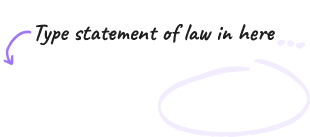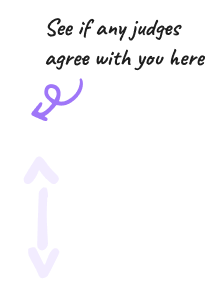Frequently Asked Questions
Q: What is Casechase?
A: Casechase is a tool designed to assist legal professionals in discovering judicial statements supporting a given statement of law, referred to as the "search sentence." Leveraging natural language processing, Casechase endeavours to comprehend the essence of the search sentence, facilitating the identification of judicial statements likely to align with it.
Q: Why do I get some results that don't seem to be related?
A: Casechase attempts to convert the linguistic "meaning" of a sentence or paragraph into a multi-dimensional vector, and then compare the mathamatical distance between your given statement of law and its database of judicial statements. Sometimes, by chance, a judicial statement may be represented by a multi-dimensional vector that is mathamatically close to your given statement of law, but is not very close in terms of actual meaning.
Q: Why does Casechase give equal weight to uncited judicial statements made in dissent or overruled as it does to highly cited statements said by a majority?
A: The Casechase database does not currently contain any metadata as to whether a particular judgment is in dissent, or has been relied on or overruled by subsequent judgments. To some extent, this is an advantage because dissenting or overruled judgments can sometimes provide the most compelling argument. We hope to add citation warnings in the future.




